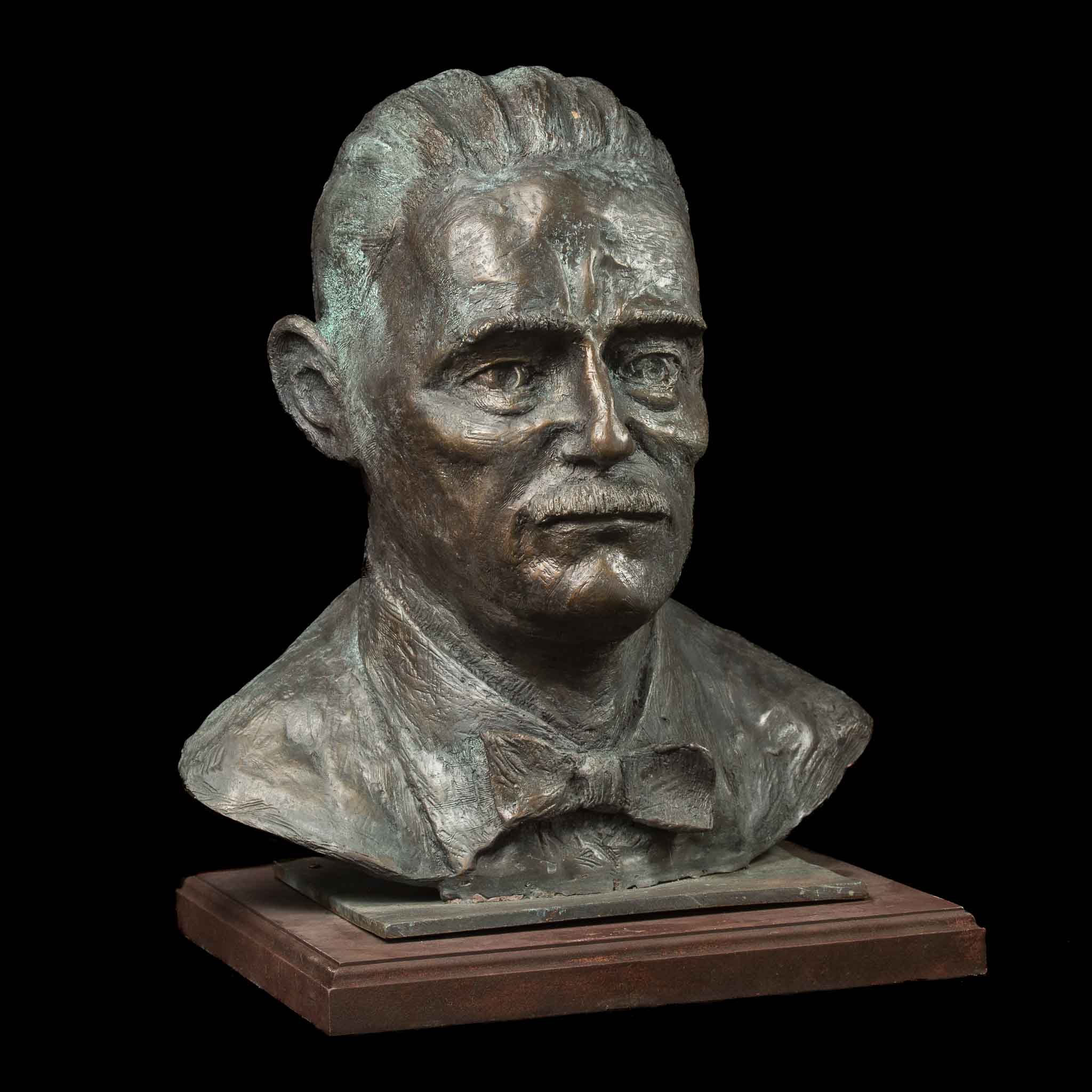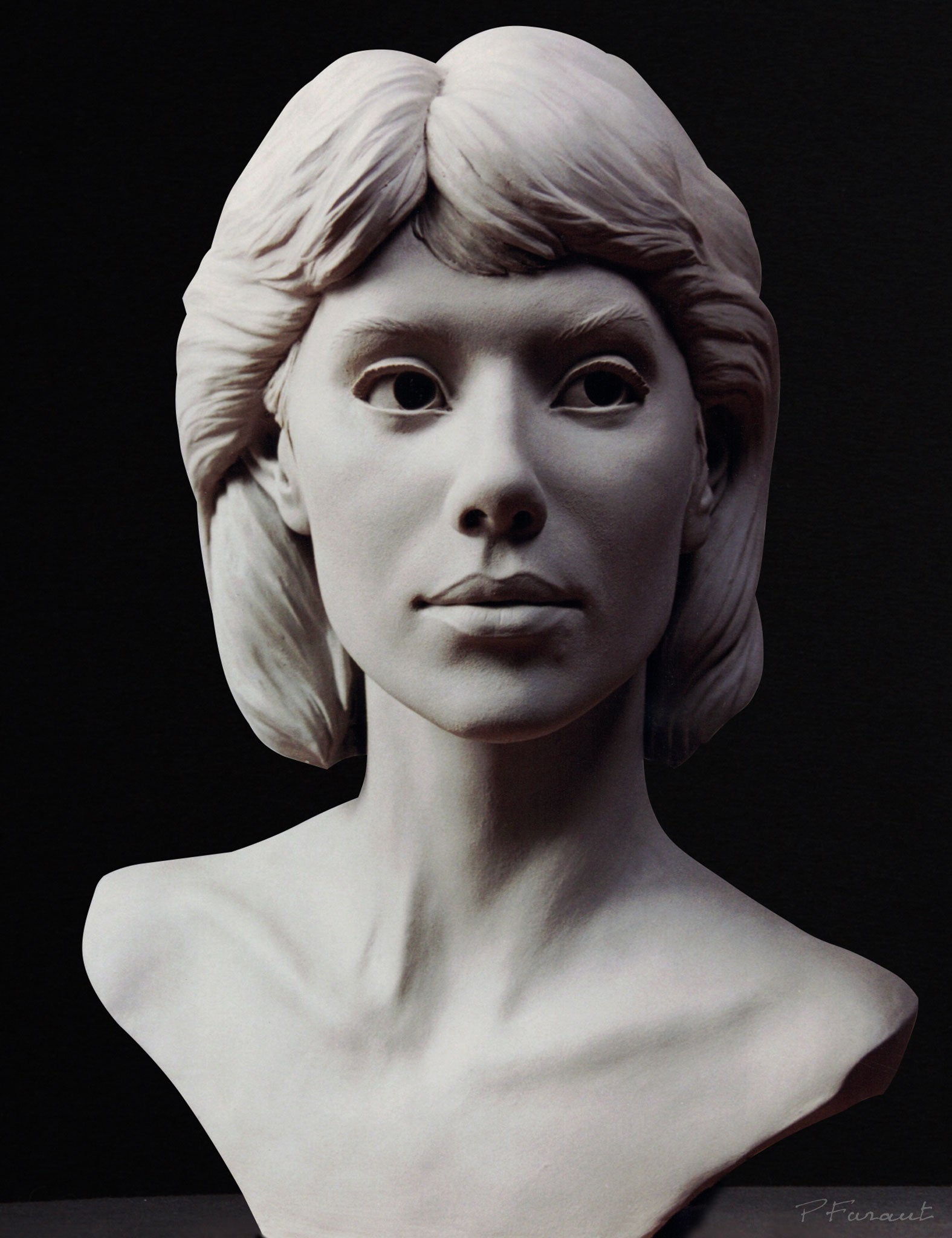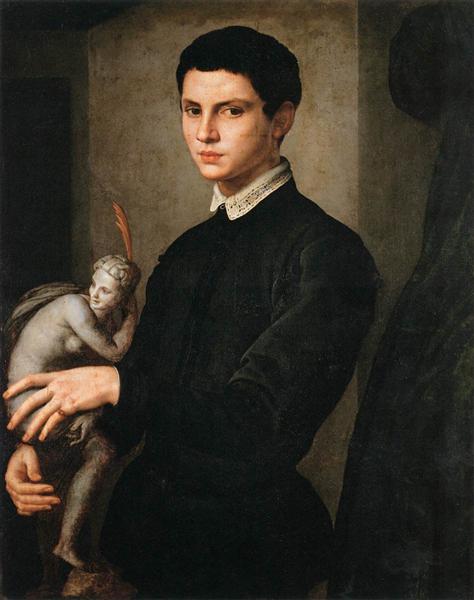The Development of Sculptures: From Old to Modern
The Evolution of Sculptures: From Old to Modern.
Sculpture, among the oldest kinds of art, has been an indispensable part of human civilization for millennia (Robert C Hitchcock Sculptor). From the ancient worlds of Egypt and Greece to the modern age, sculptures have actually advanced, reflecting changes in imaginative techniques, products, and social impacts. This journey via time traces the development of sculptures, exploring the changes in style, topic, and imaginative expression
Starting with the ancient world, sculptures crafted from rock and later bronze captured the significance of divine beings, rulers, and everyday life. The Renaissance period saw a resurgence of classic sculpting techniques, as musicians sought to emulate the graceful types of ancient Greek and Roman sculptures. In the modern age, artists challenged traditional limits, accepting abstraction and experimentation with brand-new materials.

This exploration will explore the diverse advancement of sculptures, exposing the abundant tapestry of creative expression throughout different durations and cultures.
Ancient Sculptures: From Stone to Bronze
Old sculptures transitioned from being carved out of stone to being cast in bronze. Rock sculptures, while remarkable in their own right, were limited by the nature of the material.
The introduction of bronze as a tool for sculptures brought around a transformation in creative expression. Bronze provided artists the possibility to produce natural and elaborate types that were not feasible with stone. The procedure of casting bronze permitted the creation of numerous copies of a sculpture, making it possible for wider circulation and preservation of these creative masterpieces.
The transition from rock to bronze also saw a shift in the subject matter of sculptures. While rock sculptures mostly portrayed gods, sirens, and mythical figures, bronze sculptures started to show a wider variety of topics, including daily individuals and pets. This growth of subject showcased the flexibility and adaptability of the bronze medium.
Renaissance Revival: Forming in the Classic Design
The Renaissance resurgence of sculpture saw a renewal in the timeless design, structure upon the advancements made during the transition from rock to bronze in ancient sculptures. During this duration, musicians looked for to recreate the timeless aesthetic and suitables of elegance that were widespread in ancient Greek and Roman sculptures.
Among the essential features of the Renaissance rebirth was the emphasis on naturalism and the human type. Sculptors like Donatello and Michelangelo strove to record the anatomical information and expressions of their subjects with unmatched accuracy. They researched the human body and included their observations into their sculptures, leading to realistic and natural representations.
Another essential facet of the Renaissance rebirth was the exploration of viewpoint and deepness. Musicians utilized strategies such as contrapposto, where the weight of the body is moved to one side, creating a feeling of movement and dynamism. They likewise try out different materials, consisting of marble and bronze, to achieve a level of sophistication and details in their sculptures.
The timeless design of the Renaissance rebirth had an extensive influence on later durations of art, working as a foundation for the growth of Western sculpture. It brought a restored admiration for the charm and grandeur of the human form, and its heritage can still be seen in modern sculptures today.
Innovation and the Avant-Garde: Breaking Typical Limits

One of the key attributes of modernist sculpture was the focus on abstraction. Sculptors relocated away from practical depictions and instead focused on capturing the essence of the subject via simplified types and geometric forms. This separation from typical representation allowed musicians to express their emotions and concepts in a much more subjective and personal manner.
Moreover, the avant-garde movement challenged societal standards and conventions, encouraging artists to experiment and push the borders of their art - Portrait Sculptor. Sculptors started including non-traditional materials such as found items, commercial products, and also natural aspects right into their job. This expedition of brand-new products and strategies not just increased the opportunities for sculpture however also tested the standard notions of what could be taken into consideration art
Contemporary Sculptures: Discovering New Materials and Concepts
With an emphasis on exploring brand-new materials and ideas, modern sculptures have actually transformed the area of art. Artists today are pressing the borders of standard sculpture by making use of cutting-edge materials and trying out with abstract ideas. These sculptures test conventional ideas of definition, form, and materiality, welcoming viewers to participate in a brand-new and provocative imaginative experience.
Contemporary artists are embracing a vast range of products, including plastic, glass, steel, and even raw material. Contemporary Sculptures. They are not limited to the traditional medium of stone or clay, enabling for higher freedom of speech and experimentation. This change towards unusual materials has opened up new opportunities for artists to produce sculptures that are dynamic, interactive, and visually striking
In addition to discovering brand-new products, contemporary sculptures also look into complex and abstract ideas. Musicians are currently checking out themes such as identity, social issues, and the environment, making use of sculpture as a powerful tool for social commentary and self-contemplation. These sculptures challenge audiences to assume critically and engage with art on a deeper level, sparking discussions and prompting psychological reactions.
Global Impacts: Sculptural Customs From All Over The World

In old Egypt, sculptures were developed primarily for spiritual and funerary functions. The legendary sculptures of pharaohs and gods, such as the Great Sphinx and the bust of Queen Nefertiti, display the Egyptians' proficiency of rock carving and their belief in the immortality.
In ancient Greece, sculpture reached its optimal during the classical period. Influenced by the perfects of percentage, elegance, and consistency, Greek sculptures highlighted the human kind and celebrated the achievements of athletes, gods, and heroes. The renowned sculptures of Aphrodite description of Knidos and the Discobolus exemplify the Greeks' pursuit of perfection in sculptural art.
In ancient Rome, sculpture offered both artistic and political objectives. Bronze Sculptures. Roman sculptures typically shown emperors, generals, and mythological numbers, showing the power and splendour of the empire. The marble statue of Augustus of Prima Porta and the significant Arc of Constantine are remarkable examples of Roman sculptural achievements
Asian sculptural customs, particularly in India, China, and Japan, have likewise had an extensive impact on the advancement of sculptures. Indian sculptures, such as the intricately sculpted holy places of Khajuraho and the gigantic statuaries of Buddha, show a rich fusion of religious, mythical, and architectural elements. Chinese sculptures, identified by their great craftsmanship and interest to detail, often portray divine beings, pets, and epic numbers. Japanese sculptures, influenced by Buddhism, highlight simplicity and harmony, seen in the tranquil statues of Buddha and the sophisticated art of bonsai.
The global influences on sculpture remain to progress in the contemporary age. Artists today attract motivation from various sculptural customs, including brand-new materials, techniques, and principles to develop provocative and innovative artworks. The fusion of different social impacts has actually triggered a diverse and dynamic sculptural landscape, reflecting the interconnectedness of our worldwide society. As we aim to the future, it is particular that the worldwide impacts on sculpture will certainly proceed to form and redefine this ancient art form.
Final Thought
In conclusion, the development of sculptures has actually seen a change from ancient rock and bronze functions to the classical rebirth during the Renaissance. This was adhered to by the breaking of typical boundaries through modernism and the progressive motion. Today, contemporary sculptures check out new materials and ideas, while additionally drawing ideas from worldwide sculptural practices. The trip of sculptures shows the ever-changing imaginative expressions and cultural impacts throughout background.
From the old human beings of Egypt and Greece to the contemporary age, sculptures have actually advanced, reflecting modifications in imaginative strategies, products, and cultural impacts.Starting with the old world, sculptures crafted from stone and later bronze caught the essence of deities, rulers, and daily life.Ancient sculptures transitioned from being carved out of stone to being cast in bronze. While rock sculptures mainly shown gods, goddesses, and mythical numbers, bronze sculptures started to show a wider array of topics, including day-to-day individuals and pets.In conclusion, the evolution of sculptures has seen a change from old stone and bronze works to the classical resurgence during the Renaissance.